Mystery of Turkey’s Ancient Mosaic House Deepens with Discovery of Enigmatic 1,400-Year-Old Bronze Cauldron
It is just the latest example of how the Heritage for the Future initiative has led to significant archaeological discoveries at the Mosaic House.
Additional Archaeological Finds At Turkey’s Mosaic House
The Mosaic House earned its name due to the sheer number of mosaics at the ancient site.
This grand residential complex was built between the second and third centuries C.E. and occupied into the Christian era, when the nearby Red Basilica became a church. It was likely abandoned around the seventh century following a devastating fire during Arab raids.
The Mosaic House features a peristyle courtyard with a stone pool at its center, representing typical Roman architectural design.
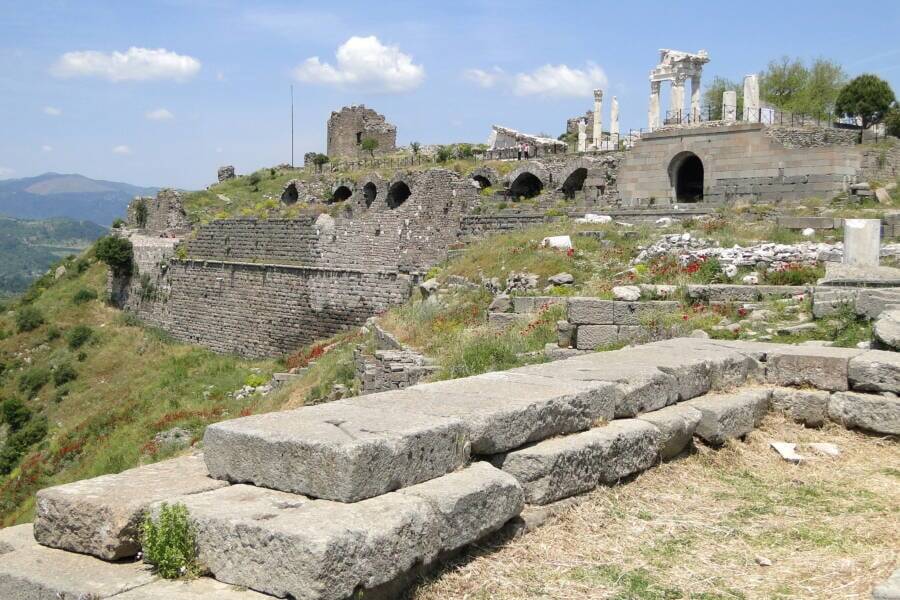
Adam Jones/Wikimedia CommonsThe acropolis of Pergamon.
Previous excavations at the site have revealed more about its occupants, including an intact, sealed roof tile that indicated a king once owned the building. Additionally, archaeologists have found other artifacts, such as kitchenware, weaponry, and jewelry, all providing valuable insight into daily life during the Roman period.
The city of Pergamon itself was once intended to be a “Second Athens.” It thrived during the Hellenistic period and boasted one of the most significant libraries of all time, the Library of Pergamon. Likewise, it was rife with architectural marvels, including a monument to Zeus known as the Great Altar of Pergamon.
Prominent pagan dedications like this eventually led to the city’s inclusion in the Book of Revelation, where it is referred to as the location of “Satan’s throne.”
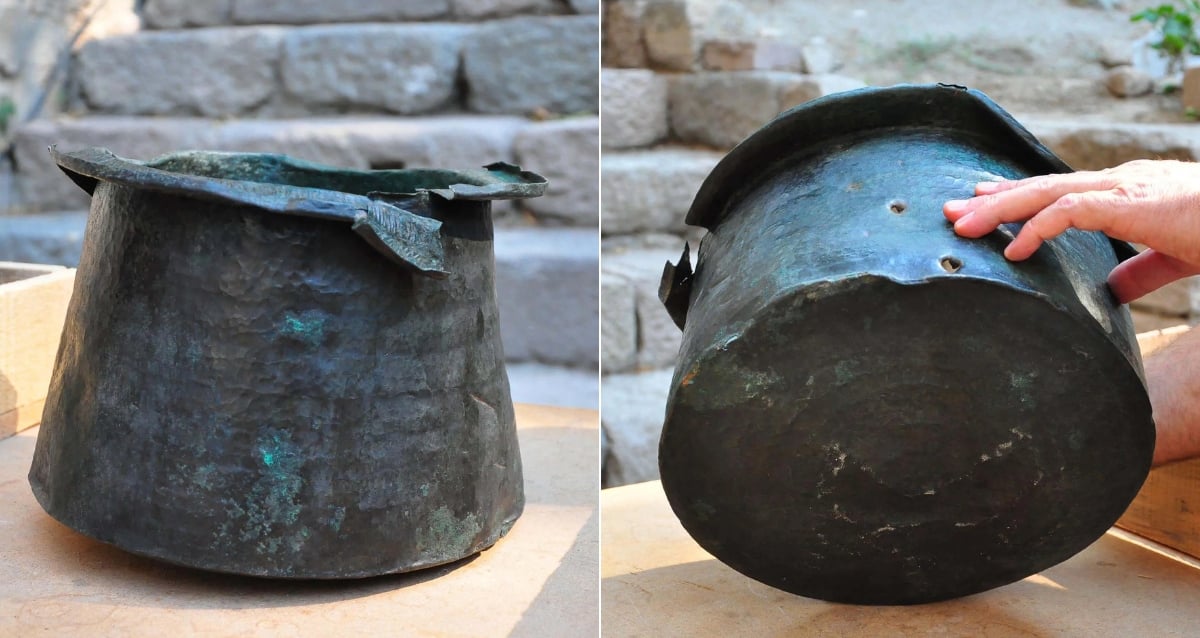

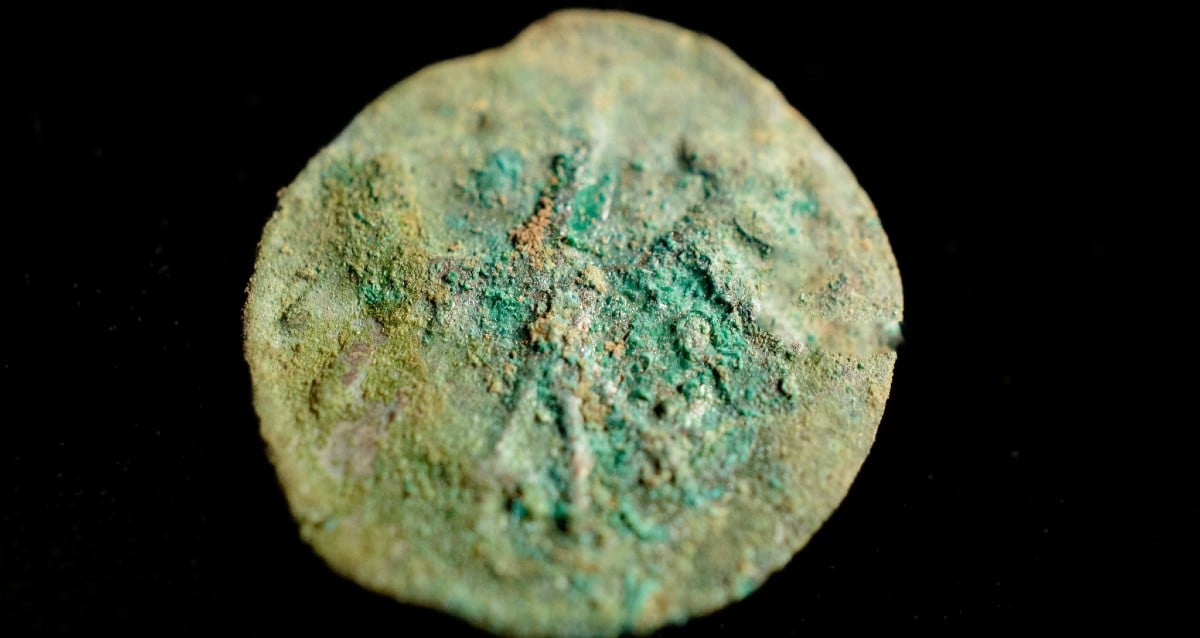
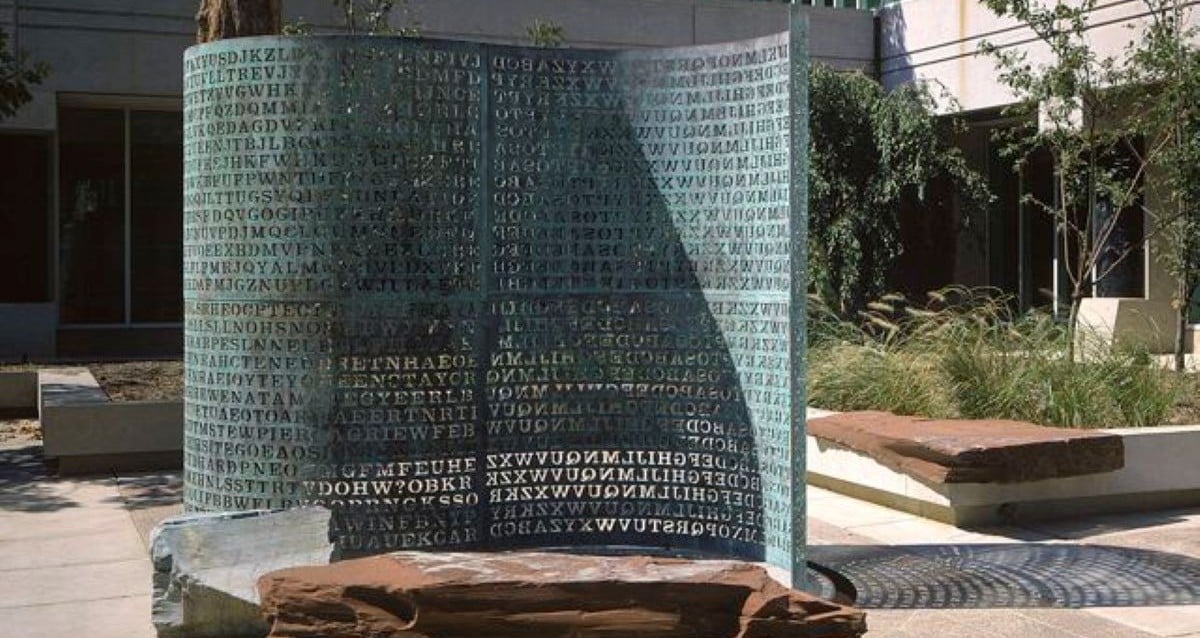






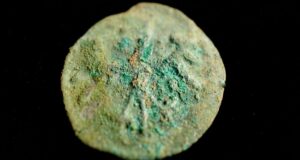


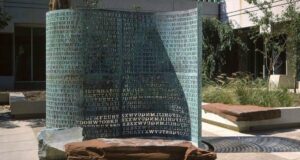

Post Comment